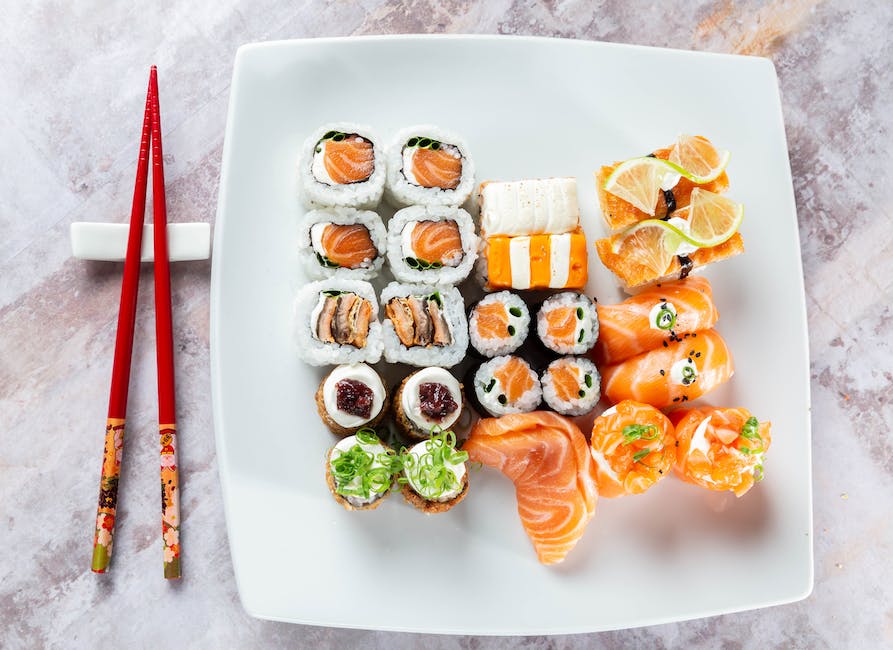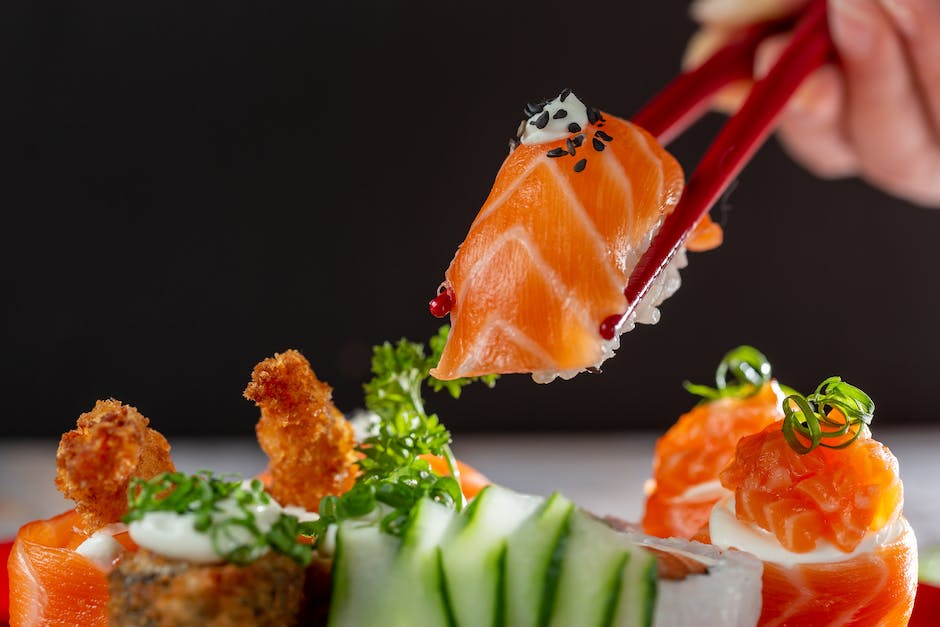A meme is a concept that is transmitted from one individual to another, typically in the form of an image or video. In recent years, the term has become closely associated with online culture, and the proliferation of memes has been driven by the rise of social media platforms such as Facebook, Instagram, and YouTube.
While memes are often humorous, they can also be used to convey serious or complex ideas. In Japan, memes have emerged as a popular way to communicate both online and offline. Thanks to the country’s unique culture and history, Japanese memes often have a distinct flavor that sets them apart from those originating in other countries.
There’s no one-size-fits-all answer to this question, as the word “meme” can mean different things in different cultures. In Japan, the word “meme” generally refers to a funny image or piece of online content that goes viral, similar to the English meaning of the word.
What is meme called in Japan?
Bokete is a Japanese word that means “to say something funny.” Users in 写真で一言 ボケて(bokete) post pictures waiting for other users to say something relating to that picture. The pictures are usually of things that are funny, interesting, or cute.
Hello everyone today’s video is going to kind of be like a meme review except i’m going to be looking at some of the funniest and most popular memes of 2018. I’ll be giving my thoughts and opinions on each one and at the end of the video, I’ll be choosing my top 3 memes of 2018. So make sure to stay tuned for that.
Is Hai Hai rude in Japanese
Saying “hai hai” in Japan is considered to be rude behavior. This is because many parents tell their kids off for doing it.
Thank you for coming!
Is Yabai rude?
Yabai is a Japanese word that is often used to describe something that is dangerous or risky. It can also be used to describe someone who is considered to be a bad influence.
NANI?! is a popular Japanese meme that is often used to express surprise or disbelief. The word NANI can be translated to “what” in English, making the phrase “NANI?!” equivalent to “What?!”. The meme is often used in online discussions and comments, and has even been used in some Japanese TV shows and movies.
Who invented memes?
The term meme was introduced in 1976 by British evolutionary biologist Richard Dawkins. He conceived of memes as the cultural parallel to biological genes and considered them as being in control of their own reproduction.
Hello Kitty became popular in Japan immediately after her launch in 1975. This was due to the growing economy in Japan which meant that many Japanese children could afford to buy Hello Kitty products. Her popularity also grew with the emergence of kawaii culture which embraces cuteness.
Is TikTok used in Japan
Video-sharing platforms like TikTok have become incredibly popular among teenagers in recent years. In Japan, a staggering 62% of teenagers used TikTok in the last fiscal year. The platform is incredibly easy to use and enables users to create and share short music and lip-sync videos. Though the majority of teenagers are using the service, the penetration rate is lower among older generations. This is likely to change in the coming years as TikTok continues to grow in popularity.
When referring to someone by name, it is proper to use the person’s name and attach a suffix. The most common suffix is “~san”, which is a polite suffix. If you use “anata” with someone who you know, it is rude.
What does Ara Ara mean in Japanese?
Ara ara is a Japanese expression that is predominately used by older females. It can carry a variety of meanings, such as “My my”, “Oh dear”, or “Oh me, oh my”. While it’s not necessarily a negative expression, it is often used in response to something that is unexpected or unwanted.
Hello!
The phrase you’ve heard “Hai KaoKao” is, correctly, “Hai, Kakka.” “Hai” means “yes” in English, and “Kakka” is the Japanese word usually used to call a higher-level person, such as a general, chancellor, prime minister, or more.
Can Domo mean hello
When you buy something at a store and the store clerk says “DOMO ARIGATOU,” they are thanking you very much. You can also use DOMO as a greeting, like “hello.” Saying DOMO can also be a way of saying “thank you” casually, like “thanks.”
Onara is a Japanese word for flatulence. It is considered impolite to fart in public, so if you need to release some gas, it’s best to do it in private.
What is Kondo in Japan?
The Kondo is the main hall of a Japanese Buddhist temple complex, and it is where the principle object(s) of veneration are enshrined. The Horyu-ji in Ikaruga, Nara Prefecture, Japan is one such temple complex that has a Kondo.
Omae is a very rude word in Japanese and should be avoided unless you are trying to be offensive. It is often seen in anime and action movies, but should be used sparingly in real life.
Final Words
A meme is a unit of culture that is transmitted from one person to another via the internet. The term “meme” was coined by Richard Dawkins in his 1976 book The Selfish Gene.
In Japan, the word “meme” is often used in reference to popular culture. For example, a popular meme in Japan is the “Gangnam Style” dance craze.
Although the word “meme” is of English origin, it has become a popular word in Japanese culture. A meme is an easily recognizable image, often with text, that is widely shared online. In Japan, memes are often used to communicate messages of humor, sarcasm, or anger. They can be spread through social media, email, and even traditional news sources. While some argue that memes are a sign of a decline in language skills, others see them as a creative way to communicate. Whatever your opinion, it’s undeniable that memes are a big part of Japanese culture.


